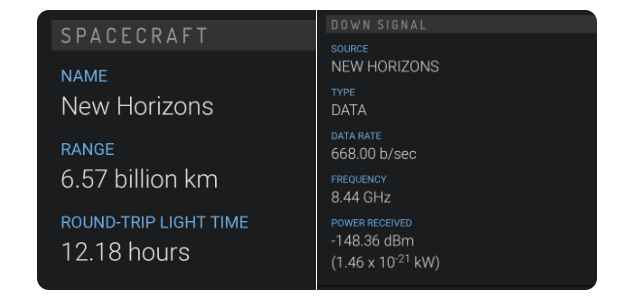Overwhelming sadness
“It was among the strongest feelings of grief I have ever encountered. The contrast between the vicious coldness of space and the warm nurturing of Earth below filled me with overwhelming sadness. Every day, we are confronted with the knowledge of further destruction of Earth at our hands: the extinction of animal species, of flora and fauna . . . things that took five billion years to evolve, and suddenly we will never see them again because of the interference of mankind. It filled me with dread. My trip to space was supposed to be a celebration; instead, it felt like a funeral.”
Actor William Shatner, famous for his portrayal of Star Trek's Captain Kirk, on his trip to orbit in 2021 at age 90.
From an excerpt of his biography, William Shatner: My Trip to Space Filled Me With ‘Overwhelming Sadness’ (Vanity, Oct 6, 2022). Shatners biography, co-written by Josh Brandon, is titled, Boldly Go: Reflections on a Life of Awe and Wonder (Atria, 2022).


